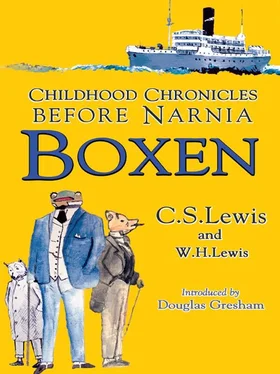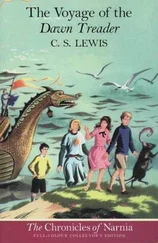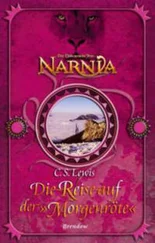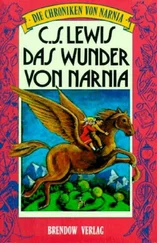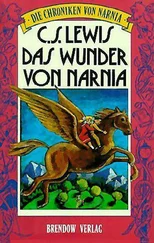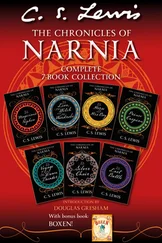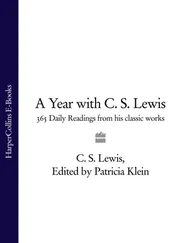Childhood Chronicles Before Narnia
C.S. Lewis
and W.H. Lewis
Introduced by
Douglas Gresham
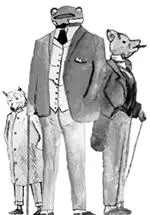

Introduction by Douglas Gresham
ANIMAL-LAND
The King’s Ring
Manx Against Manx
The Relief of Murry
History of Mouse-Land from Stone-Age to Bublish I
History of Animal-Land
The Chess Monograph
The Geography of Animal-Land
BOXEN
Boxen: or Scenes from Boxonian City Life
The Locked Door and Than-Kyu
The Sailor
Littera Scripta Manet
Tararo
The Life of Lord John Big of Bigham
ENCYCLOPEDIA BOXONIANA
The History of Boxen by Walter Hooper
Credits
Copyright
About the Publisher

INTRODUCTION
By Douglas Gresham
The stories that make up Boxen were not really written for children. In fact, they were not really written for any of us; these stories were written by two boys, Clive Staples Lewis and Warren Hamilton Lewis, when they were about 8 and 11 years old, each writing for an audience of one – his own brother.
The stories were almost all written in a little end room on the attic level of a large and clumsy house in an inner suburb of the Northern Irish city of Belfast. And they were written in the very early years of the last (the twentieth) century. Now, at that time Belfast was an unhealthy place to live and children frequently died of illnesses that, today, children rarely catch at all, and others that most children shrug off with scarcely a second thought. Today we have the benefit of vaccines and medicines that make our lives a great deal more safe and sound than they ever have been before, and we tend to forget that life was not always like this.
Ireland in 1906 (when the two brothers started writing these stories) was a dirty, damp, cold and often wet place. There was little or no reliable sanitation, modern medical knowledge was still in its infancy, and even things like heating and refrigeration were primitive or non-existent. Most houses were heated through the long, depressing Irish winters and sometimes in spring, summer and autumn too, with open fires burning coal for those who could afford it and peat for those who couldn’t. (I have no idea what harm the continual inhalation of the smoke and fumes from those fires did to people, but it must have been pretty grim.)
C.S. Lewis, whose self-chosen nickname was ‘Jack’, and his brother ‘Warnie’ (a nickname imposed upon him by Jack) had dutiful and loving parents who cared for their sons deeply. They would keep them indoors when the weather was wild and wet, or still and gently wet (‘soft’ as the Irish call it), so the boys would have to find some means of entertaining themselves. The house, called ‘Little Lea’, was full of books, and early in their lives both boys learned to read and began to devour the books as fast as they could. Many were indeed suitable adventure stories for boys, but many were also books for grown ups.
Jack and Warnie weren’t particular, though, and ploughed steadily through every shelf they could reach. They began, as so many of us do, with Beatrix Potter’s delightful tales of animals and their troubles, but their parents had never ‘heard the horns of Elfland’ and had no taste for faery tales from the pens of luminaries such as George MacDonald, the Brothers Grimm, and Hans Christian Andersen. Likewise there was no appreciation for the store of Irish folk tales and legends that their nurse Lizzi Endicott had filled their minds with: tales of the Daoine Sidhe, the Tuatha Da Danaan and the Milesians (to the expressed disapproval of both their mother and father, which echoes loudly in Miraz’s attitudes in Prince Caspian). So there was a sort of emotional and intellectual gap in Jack and Warnie’s literary experience.
Later on, they read works by Jules Verne, H.G. Wells, H. Rider Haggard, John Buchan, Sir Walter Scott, Alexandre Dumas, Robert Louis Stevenson and Rudyard Kipling among many others, but to begin with they had little enough of Faery or of any of the childhood delights only to be found in books. Somehow the two boys read the books of the house which were far too old for them, listened to the barrage of political discussion in which their elders indulged, and were soon standing intellectually at the edge of a chasm which threatened to separate them for ever from the delights of being a child.
But you can’t spend all your time reading, even if you are the most determined bookworm and are forbidden to play outside the house whenever there is a risk of you getting soaked by rain, sleet or snow, so all that information and exciting adventure that the two Lewis brothers were absorbing had to be building up some kind of creative pressure within their imaginations.
This pressure began to emerge in 1906 as they started to write their own bridge over the gulf, back to the childhoods they might otherwise have lost far too early. Then in 1908 something happened that threatened their ability to be children far more seriously than even the most grown-up of the books and conversations with which they were constantly surrounded. Their mother Flora, whom they both adored, died. The boys were shattered by her sudden death and sought solace in the only safe place left to them, their own imaginations, and much was added to Boxen in the winter of that year.
In developing the world of Boxen, Jack appropriated the ‘dressed animals’ of Beatrix Potter and that part of their fictional world they called ‘Animal-Land’, while Warnie (whose interests were always a touch more prosaic than Jack’s) made his half ‘India’. As their writing and imagination flourished, these elements were combined into the land of Boxen, a land filled with history, politics, war and adventure. It is truly remarkable when you consider that Jack was only 8 when he wrote so astutely of power and the rise and fall of nations in his sketch ‘History of Mouse-Land’ (to be found in History of Mouse-Land from Stone-Age to Bublish I (Old History)), and only 9 or 10 when he wrote his enlightened essay on Boxonian society, touching on such topics as oppression and emancipation in ‘The Chess Monograph’ (The Chess Monograph). Equally remarkable is the artistic and imaginative ability of his brother; Warnie could have been no more than about 11 when he drew the fabulously detailed cutaway schematic of H.M.S. Greyhound that appears in “The Sailor”
What you hold now in your hands are the tangible and readable first bubblings forth of the springs of literature that were, years later, to be the source of a great river from Jack and a healthy tributary from Warnie, both of which have flowed out into the world from that little end room at Little Lea in Belfast all those years ago. Both men have contributed greatly to the literary world of mankind, Jack with more than thirty titles in many genres (all of which he mastered) and Warnie in the field of French History, a subject on which he wrote no less than seven books. It all started here – in Boxen.
DOUGLAS GRESHAM
Malta, 2008

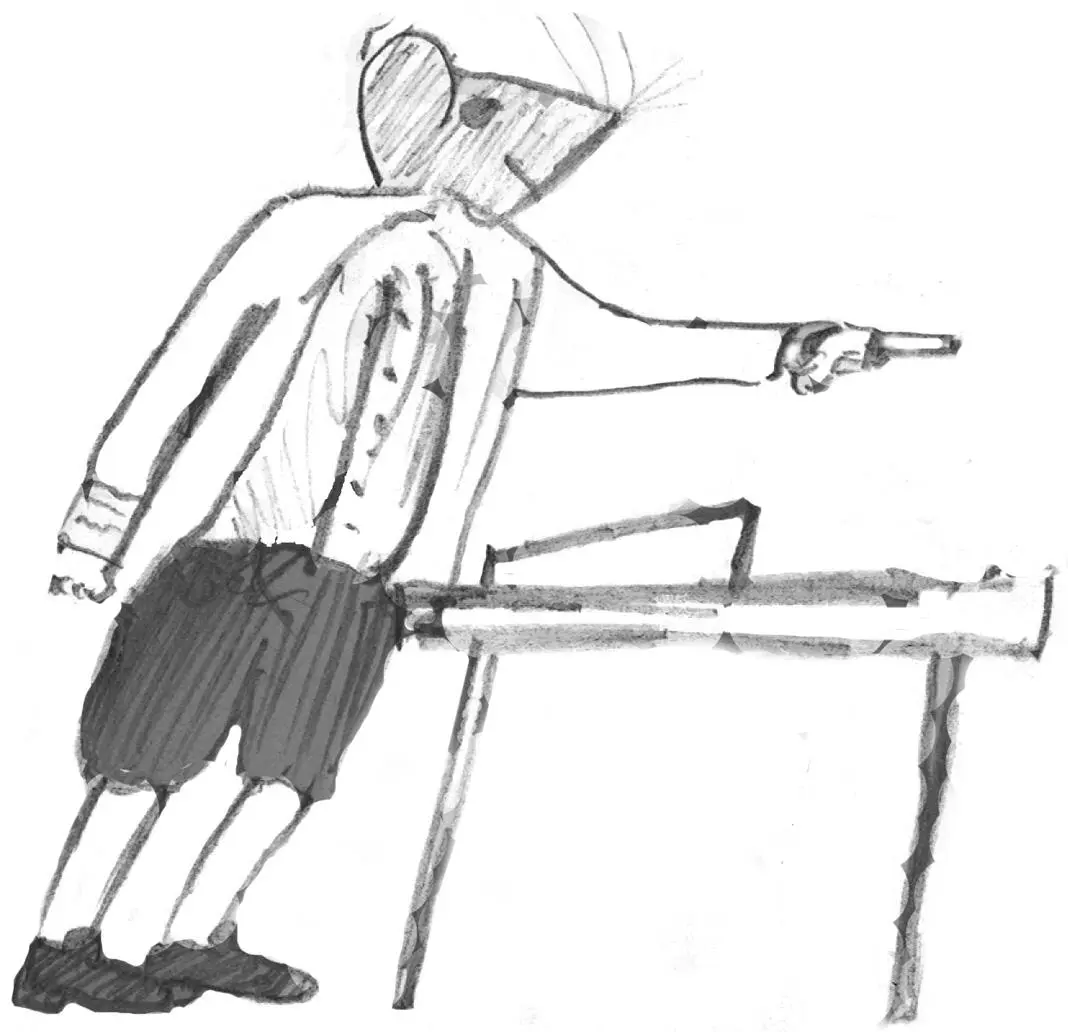
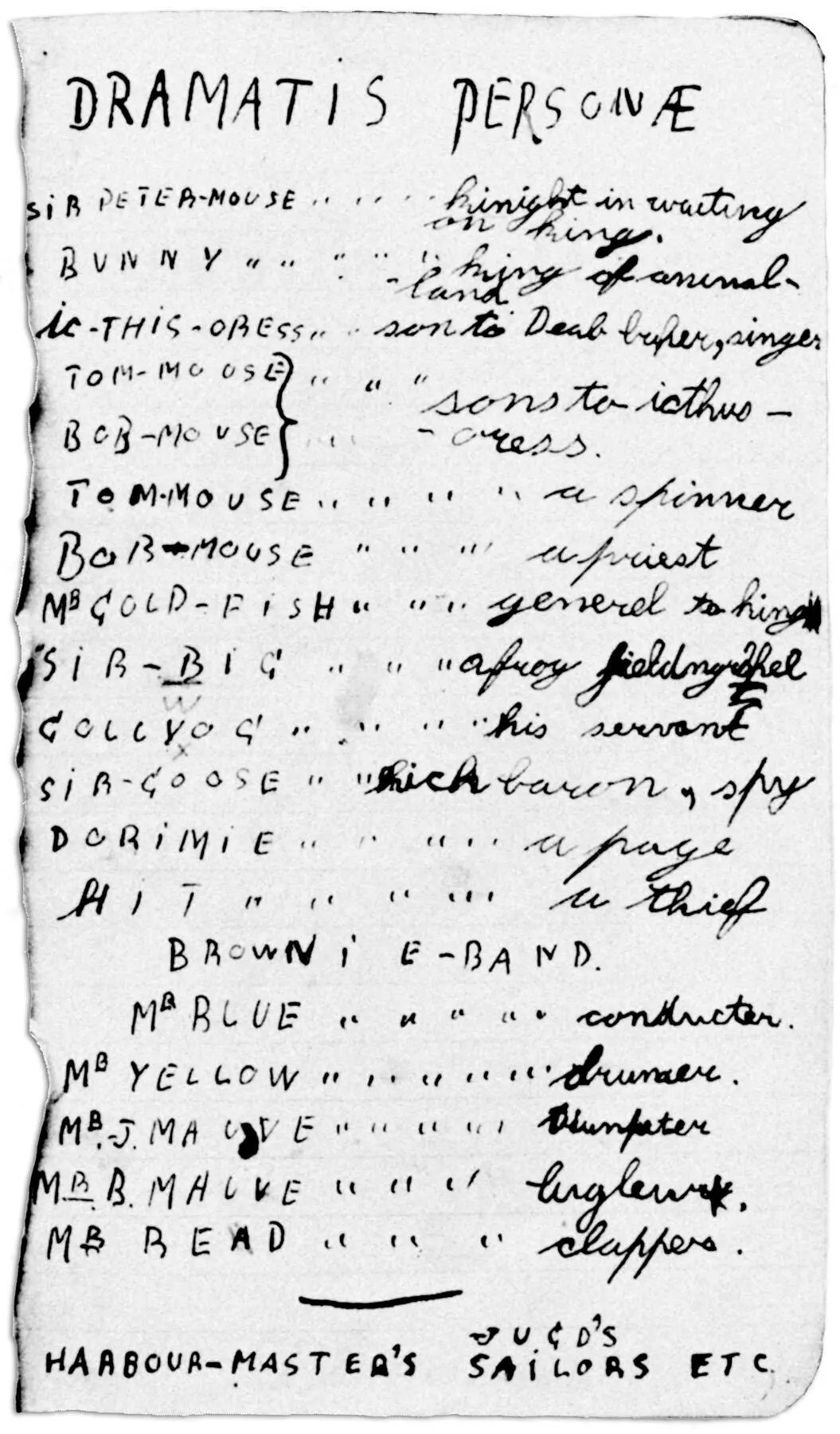 Читать дальше
Читать дальше
